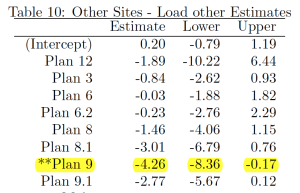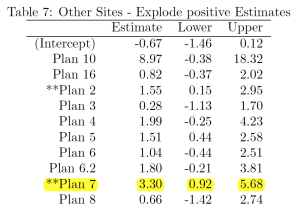
“Do not let what you cannot do interfere with what you can do.” John Wooden
A difficult problem facing many sports organizations is the interference effect in many training protocols. The interference effect is exactly what is sounds like; the development of one athletic capacity hinders the development of the another, compared to training either in isolation. The majority of research has validated this interference effect when comparing concurrent strength and endurance training, and our research has revealed similar findings when performing different exercises within the same program. At Sparta we call the interference effect, “Driving with the brake on;” moving forward in one area but losing ground in another.
The problem originates from a common approach where adding exercises to a program is favored over refining or substituting exercises. The concept applies universally: adding supplements to nutrition or more drills to practice may hinder development. As coaches, we strive for positive responses from stimulus but sometimes fail to realize there is always a negative effect to that same stimulus.

To the right is an analysis table showing different training plan effects on increasing one of the force plate variables (EXPLODE) from the Sparta Scan.
Estimate column explains the average expected increase in the EXPLODEt-Score
Lower and Upper columns are the lower and upper bounds to 95% confidence intervals on these estimates; we are 95% confident that the true effect is between these two numbers. The closer the Lower and Upper columns are together, the more accurate the estimated effect (indicated by an asterisk next to the plan)
For example, Plan 9 which consists of 2 major exercises, a split squat and single leg hip thrust, will cause an average t-scoredrop of 4.26 (as much as 8.36 and as low as 0.17). Split squat is an excellent exercise, providing one of the largest positive effects on DRIVE of any exercise we prescribe, but the findings clearly indicate a negative or interference effect on EXPLODE. The effect is likely due to longer rep duration as it is a one leg exercise and its companion, hip thrust, is on the ground so requires less bracing.


There are specific plans that boost EXPLODE – primarily bracing oriented movements, like deadlift shown in Plan 7 to the right, having and average t-score increase of 3.30.
By gathering the data and analyzing the results we are using the data to avoid driving with the brake on.